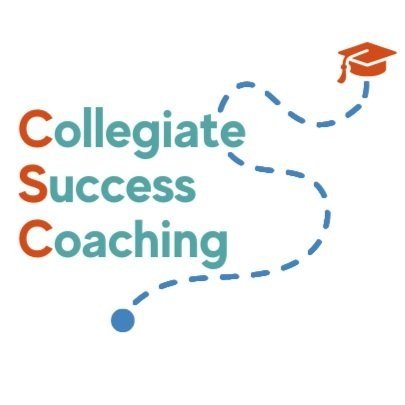Begin with What you Believe
As parents, we are so motivated to protect our children and prevent any harm from coming their way, we focus less on their capacity for improvement and more on perceived threats to their growth and development; in other words, we focus on their weaknesses.
When they were very small, this meant immediate physical protection, so we locked the doors at night, held hands and looked both ways multiple times while crossing the street, and checked the expiration dates on fire extinguishers. As they get older and we eventually start handing some of the responsibility for their physical safety over to them, our perception of those threats begins to change. Now that they can drive a car (relatively) well, call for help, or extinguish the fire themselves, we look forward into the future to identify new potential impediments to their development, and those threats are less often rooted in the physical plane; they sound much more like “they don’t manage stress well,” “they eat too much fast food,” “they have a bad temper,” or “they don’t know how to study.” We are still parenting our students. We want to decrease the eventual negative effect of those more symbolic “behavioral” threats on our kiddos’ futures, but in some ways, we have the formula for how to do that all wrong. (At least I have in the past. I may be writing this article for myself!)
In his Social Learning Theory, Stanford psychologist, Albert Bandura, defined self-efficacy as a person’s particular set of beliefs that determine how well one can execute a plan of action in prospective situations (Bandura, 1977). To put it more simply, self-efficacy is a person’s belief in their ability to succeed in a particular situation. As a parent, a college professor, and an Academic Life Coach, I have seen self-efficacy played out right in front of me. My kids, former students, and clients have brought very particular sets of beliefs about what they are capable of to an assignment, a course, or a goal. Unfortunately, many of those beliefs are self-limiting; in other words, students do not give themselves very high chances to succeed or change. The good news, though, is that beliefs that improve our self-efficacy can be just as strong as those that limit us.
At times, my fears and worries about my children’s challenges have overshadowed my influence on what they believe about themselves and their ability to change and grow. This is one of the reasons coaching works so well, because when I coach a client, I do not have any predetermined beliefs about them that could influence their self-efficacy. I begin the coaching relationship with the belief that the client will grow, improve, and change. Coaching as a profession, too, focuses on a client’s strengths, rather than succumbing to our culture’s emphasis on “weakness management.” Leveraging strengths to improve areas that are in need of growth gives clients a much stronger sense of self-efficacy.
Bandura went on to identify four main sources of influence that determine a person’s self-efficacy, especially for behavioral change. This is where we come in as parents and how we can directly help re-calibrate the formula for change:
Self-efficacy, or the belief that a person can learn and change, is directly influenced by:
A past experience of success in a related area, even to a small degree, - one A or B in the midst of other less stellar grades demonstrates possibility.
An observation of a successful model - this is why study group members and peer relationships are so important. Students should surround themselves with peers who model the behaviors they want to emulate. These peers can also come from college/university tutoring centers, writing labs, and supplemental instruction sessions, where quite a bit of peer mentoring happens.
The presence of an emotional support network - this is your chance to shine as a parent. Connect to your student’s strengths and remind them frequently that you believe that they can be successful.
A small stress motivator - the first test of the semester that doesn’t go too well should cue a trip to the professor’s physical or virtual office hours or some other change in test and study preparation.
If your student is struggling with self-limiting beliefs, scan the horizon for their strengths, double-down on encouragement, point out past successes, and galvanize their motivation. What you believe about them may very well be part of the success formula.

